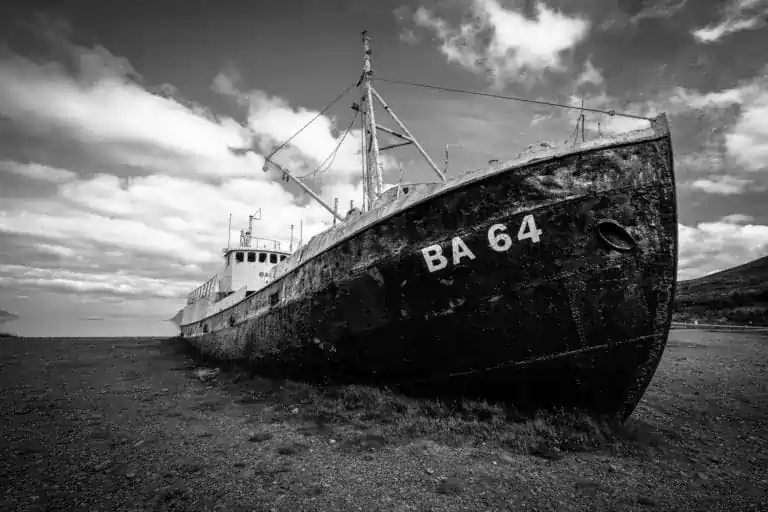Estimates suggest that approximately 1.6 billion individuals worldwide engage in gambling, a trend made feasible by the proliferation of online casinos and the relaxation of gambling regulations.
Nevertheless, gambling has not always been easily accessible, particularly in the United States, where stringent restrictions were once imposed. Gambling ships emerged as a means of circumventing these regulations, enabling Americans to partake in gambling without violating the law. Let us delve into the captivating history of these vessels…
What are gambling ships? Gambling ships represent one of the most intriguing aspects in the annals of betting. They are American barges or large vessels that housed casinos, ingeniously employed to evade gambling legislation. But how did they accomplish this?
By venturing into international waters, these ships allowed individuals to evade gambling prohibitions and freely place their bets.
These vessels enjoyed popularity primarily from the 1920s to the 1940s, reaching their zenith during the Great Depression. However, their appeal diminished after the definition of territorial waters was expanded from three nautical miles to twelve, as outlined in the 1982 United Nations Convention on the Law of the Sea.
Previously, according to U.S. law, a ship was considered to be in international waters once it ventured more than three miles away from the coastline. This practice, which had been employed since at least the 16th century, continued in certain countries well into the 21st century.
Venturing into international waters effectively nullified the jurisdiction of any nation’s laws, granting individuals the freedom to act as they pleased.
Why did people utilize gambling ships? The answer to why people resorted to gambling ships is remarkably simple: gambling was illegal in many U.S. states during the 1920s, 1930s, and 1940s. However, the prohibition did not quell the populace’s desire to gamble.
To avoid the risks associated with illegal gambling and potential incarceration, individuals sought inventive solutions to bypass state gambling laws. One of the most popular strategies involved gambling on the high seas, where U.S. laws held no sway. Hence, people turned to gambling ships.
In the United States, gambling legislation varies from state to state, in stark contrast to countries like the U.K., where uniform regulations are followed across regions.
In the present-day United States, only two states, namely Hawaii and Utah, have imposed a complete ban on live gambling. However, the advent of online casinos has enabled U.S. gamblers to enjoy their favorite games, making it worthwhile for them to acquire roulette tips or blackjack strategies.
Noteworthy gambling ships Gambling ships enjoyed a brief but celebrated existence in the annals of U.S. betting history. Their heyday lasted long enough for several renowned vessels to host American gamblers. Some of the most illustrious gambling ships include:
- S.S. Rex
- S.S. Lux
- S.S. Tango
- S.S. Texas
- Monfalcone
- Rose Isle
- Casino
Many of these ships were operated by or had affiliations with organized crime syndicates. Prominent figures such as Anthony Cornero, a bootlegger and gambler who dominated the scene from the 1920s to the 1950s, were known for their involvement in gambling ships.
These vessels served as a means for Americans to gamble in states where such practices were deemed illegal.
Today, with most states permitting live gambling and the prevalence of online betting, alongside the elimination of the three-mile nautical limit, gambling ships have become a captivating relic of U.S. betting history.

